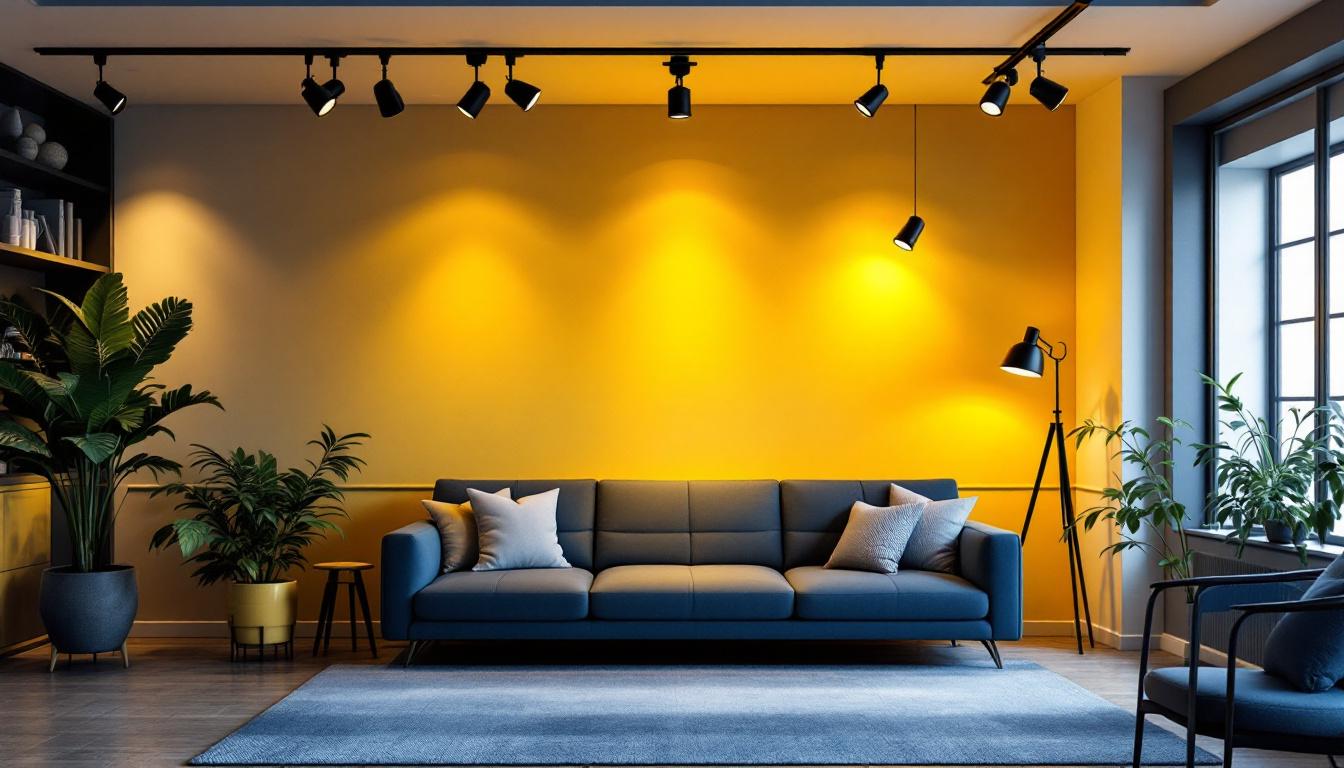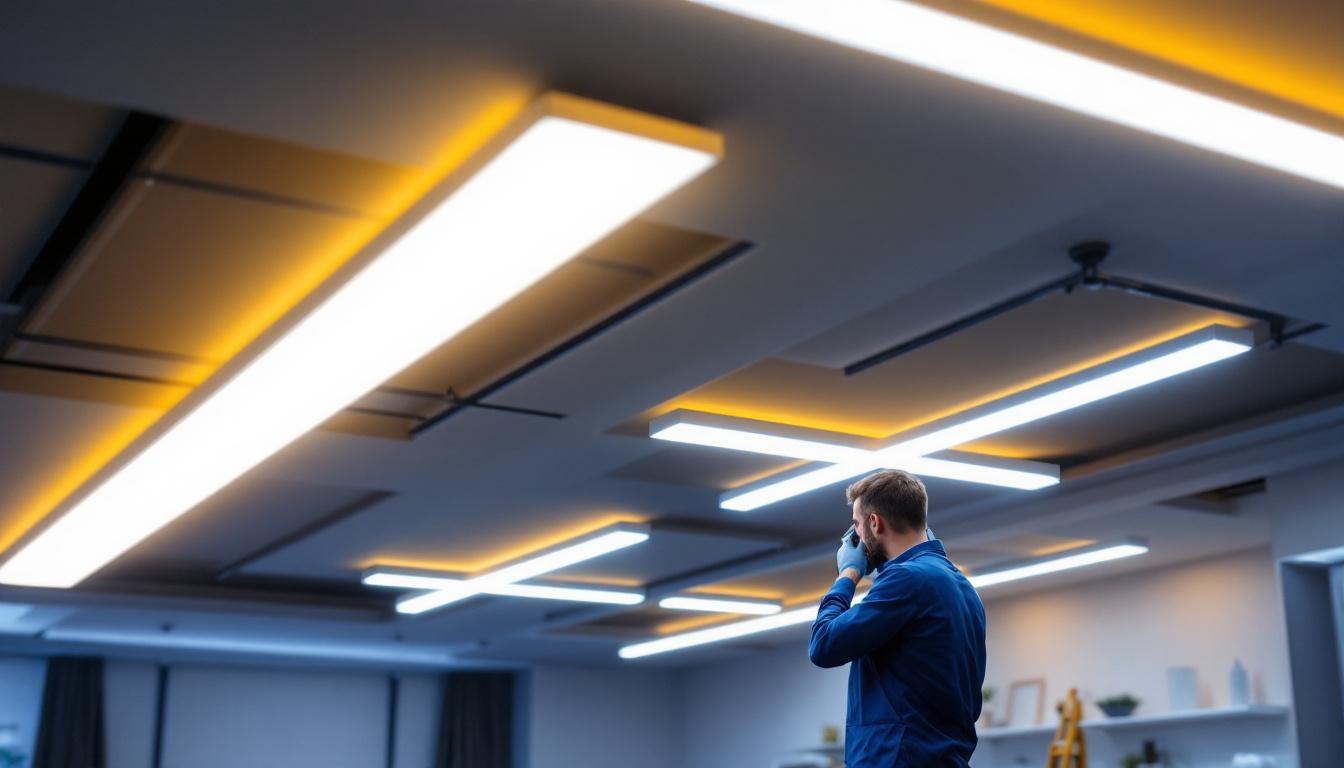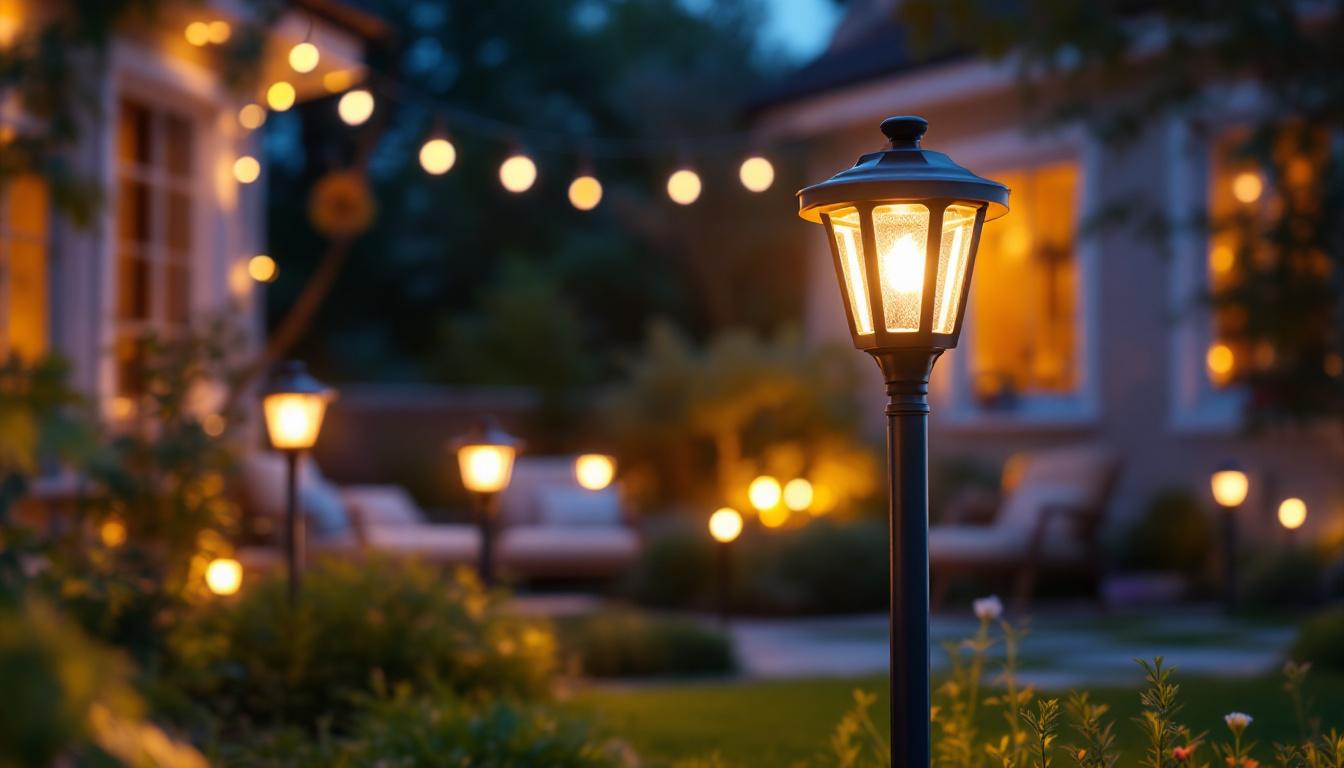
Track lighting remains a staple in both residential and commercial projects due to its flexibility and sleek design. For lighting contractors, mastering the nuances of various track lighting types is essential to delivering tailored solutions that meet client expectations and enhance space functionality.
At its core, track lighting consists of a linear housing that contains electrical conductors. Fixtures, or heads, attach to this track and can be repositioned along it, allowing for dynamic lighting arrangements. This adaptability makes track lighting a preferred choice for accent, task, and ambient lighting. Additionally, the ability to direct light precisely where it is needed can dramatically alter the perception of space, highlighting architectural features or artwork while ensuring that work areas are adequately illuminated.
However, not all track lighting systems are created equal. Differences in track design, fixture compatibility, and power delivery impact installation complexity, aesthetics, and performance. Understanding these distinctions is critical for contractors aiming to recommend the right system and execute flawless installations. For instance, there are three primary types of track systems: H, J, and L, each with unique connector configurations and fixture compatibility. This knowledge enables contractors to choose the most suitable system based on the specific needs of a project, whether it’s a modern gallery showcasing art or a cozy living room that requires warm, inviting light.
Moreover, the choice of bulb type—such as LED, halogen, or incandescent—can significantly affect energy efficiency and maintenance costs. LED track lights, for example, not only consume less power but also have a longer lifespan compared to traditional bulbs, making them an increasingly popular choice among eco-conscious clients. As contractors navigate these options, staying informed about the latest advancements in lighting technology and design trends will empower them to provide innovative solutions that resonate with their clients’ visions, ultimately enhancing their reputation and fostering long-term relationships.
The H-type, or “Halo” track system, is one of the most common and widely used track lighting types. It features a three-conductor track that supports a variety of fixtures, including halogen and LED heads.
Its robust design supports heavier fixtures, making it suitable for commercial spaces where high-output lighting is necessary. The H-type track is often preferred for its compatibility with a broad range of accessories and heads, offering contractors flexibility in design.
Installation is straightforward but requires precise alignment to ensure secure fixture attachment and reliable electrical contact. The H-type’s popularity means replacement parts and fixtures are readily available, simplifying maintenance and upgrades.
J-type track lighting, sometimes called “Juno” track, uses a two-conductor system and is typically designed for lighter fixtures. It is often favored in residential settings where subtle, streamlined lighting is desired.
Contractors appreciate the J-type track’s ease of installation and the sleek profile it offers. However, its two-conductor design limits the types of fixtures that can be used, often restricting options to specific manufacturers or styles.
For projects requiring dimming or advanced control features, additional wiring or specialized fixtures may be necessary, which can increase complexity and cost.
The L-type track system is less common but offers unique advantages in specific applications. It features a two-conductor track similar to J-type but is designed for use with low-voltage fixtures.
Low-voltage track lighting can be beneficial in areas where heat output needs to be minimized or where energy efficiency is a priority. The L-type system often requires a transformer, adding a layer of complexity to installation but allowing for precise control over lighting intensity.
Contractors should be familiar with the electrical requirements and safety standards associated with low-voltage systems to ensure compliance and optimal performance.
Monorail systems differ significantly from traditional linear track lighting. Instead of a rigid track, monorail uses flexible or curved rails suspended from the ceiling, allowing for creative and custom lighting layouts.
This type is popular in high-end residential and hospitality projects where design aesthetics are paramount. The flexibility to curve and shape the rail enables lighting contractors to craft unique installations that enhance architectural features.
Installation requires careful planning and precise mounting to maintain structural integrity and electrical safety. Additionally, monorail systems often use specialized connectors and fixtures, so sourcing and compatibility are important considerations.
Before selecting a track lighting system, contractors must evaluate the intended use of the space and client preferences. Factors such as ceiling height, room size, and the desired lighting effect play a significant role in system choice.
For example, a retail environment may demand high-output, adjustable lighting to highlight merchandise, making H-type track lighting a strong candidate. Conversely, a residential kitchen might benefit from the subtlety and style of J-type or monorail systems.
Understanding the client’s lifestyle or business operations helps ensure that the lighting solution enhances functionality without compromising aesthetics.
Track lighting systems vary in their compatibility with different fixture types, including LED, halogen, and incandescent. LED fixtures are increasingly favored for their energy efficiency and longevity, but not all tracks support LED heads without adapters or modifications.
Contractors should verify fixture compatibility to avoid issues such as flickering, inadequate brightness, or premature failure. Additionally, integrating dimmers or smart controls requires systems designed to handle these features seamlessly.
Ensuring that the track system supports the desired control options can add significant value to the installation and improve client satisfaction.
Each track lighting type presents unique installation challenges. For instance, H-type tracks require secure mounting to support heavier fixtures, while monorail systems demand precise suspension techniques.
Electrical codes and safety standards must be strictly followed, especially when working with low-voltage or complex control systems. Contractors should stay current with local regulations and manufacturer guidelines to avoid costly rework or safety hazards.
Proper planning, including load calculations and wiring layouts, contributes to a smooth installation process and long-term system reliability.
Smart home and building automation have influenced the evolution of track lighting. Modern systems can integrate with wireless controls, allowing users to adjust lighting scenes, colors, and intensities via smartphone apps or voice commands.
For contractors, installing smart track lighting involves ensuring network compatibility and proper configuration. Offering these advanced options can differentiate your services and appeal to tech-savvy clients.
However, it’s important to select systems with robust security and reliable performance to avoid common pitfalls associated with IoT devices.
LED technology has revolutionized track lighting by providing brighter, more efficient, and longer-lasting illumination. Many manufacturers now offer LED heads specifically designed for track systems, with a variety of beam angles and color temperatures.
Contractors should prioritize LED fixtures for their energy savings and reduced maintenance costs. Additionally, LEDs generate less heat, which can improve safety and comfort in enclosed spaces.
Choosing high-quality LED fixtures with good color rendering indices (CRI) ensures that colors appear natural and vibrant, a critical consideration in retail and gallery environments.
Some track lighting systems are designed to be modular, allowing contractors to expand or reconfigure the layout easily as client needs evolve. This flexibility is valuable in commercial settings where space usage may change over time.
Modular systems often feature snap-on connectors and interchangeable components, simplifying upgrades and repairs. For contractors, this means less downtime and increased client satisfaction.
Understanding the modular capabilities of different track systems enables you to recommend solutions that offer long-term adaptability.
One of the most frequent issues contractors face with track lighting is poor electrical contact between the track and fixtures. This can cause flickering, intermittent lighting, or complete failure.
To prevent this, meticulous attention must be paid to track alignment and fixture attachment. Using manufacturer-approved components and following installation instructions is crucial.
Regular testing during installation helps identify and resolve connection problems before project completion.
Clients often want track lighting that looks great but also provides effective illumination. Achieving this balance requires careful selection of fixture styles, beam angles, and track placement.
Contractors should work closely with designers or clients to understand the desired ambiance and practical needs. Sometimes, combining track lighting with other lighting types, such as recessed or pendant lights, creates a more harmonious environment.
Mock-ups or temporary installations can be useful tools to demonstrate lighting effects and make adjustments before finalizing the setup.
Halogen fixtures, common in some track lighting systems, generate significant heat, which can pose safety risks and reduce fixture lifespan. Proper spacing and ventilation are essential to mitigate these issues.
Switching to LED fixtures can alleviate many heat-related concerns, but contractors must still ensure that track systems are installed in well-ventilated areas and comply with manufacturer guidelines.
Educating clients about maintenance and safe operation helps prolong system life and prevent accidents.
Track lighting offers unmatched versatility and style, but its effectiveness hinges on selecting the right system and executing a precise installation. Understanding the differences among H-type, J-type, L-type, and monorail systems equips contractors to make informed recommendations tailored to each project.
Staying abreast of technological advancements, such as smart controls and LED innovations, enhances your ability to deliver cutting-edge solutions that satisfy modern demands. Addressing common challenges proactively ensures installations that are both beautiful and reliable.
Ultimately, expertise in track lighting not only improves project outcomes but also strengthens client trust and expands business opportunities in a competitive market.
Ready to elevate your lighting game? At LumenWholesale, we provide lighting contractors with the superior, spec-grade track lighting solutions you need to make every project shine. Say goodbye to local distributor markups and hello to our extensive selection of high-quality lighting products at wholesale prices. With free shipping on bulk orders, we ensure you get the best value without any hidden costs. Don’t compromise on quality or affordability. Click here to explore our collection and start transforming spaces with confidence and convenience.

Discover how LED spotlights for stairs can revolutionize lighting projects for contractors by enhancing efficiency, reducing energy costs, and providing superior illumination.

Discover how ceiling strip LED lights are revolutionizing the lighting industry for contractors.

Discover the hidden potential of solar lamps for home lighting that even seasoned contractors might miss.

Discover why staying updated on the latest ceiling lamp trends is crucial for lighting contractors.